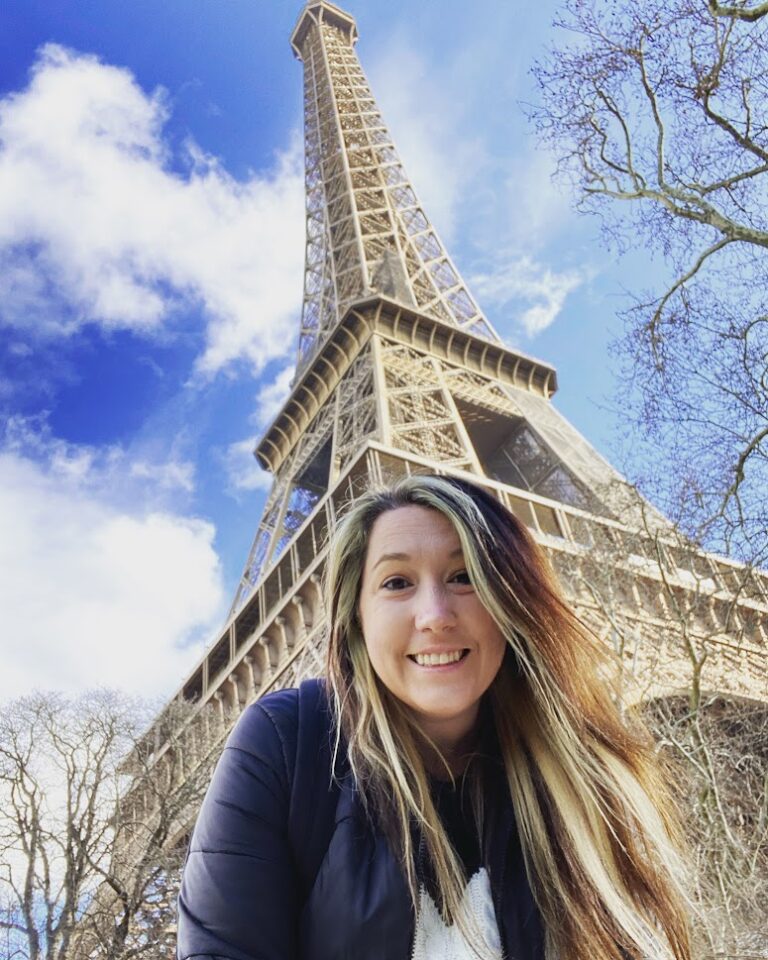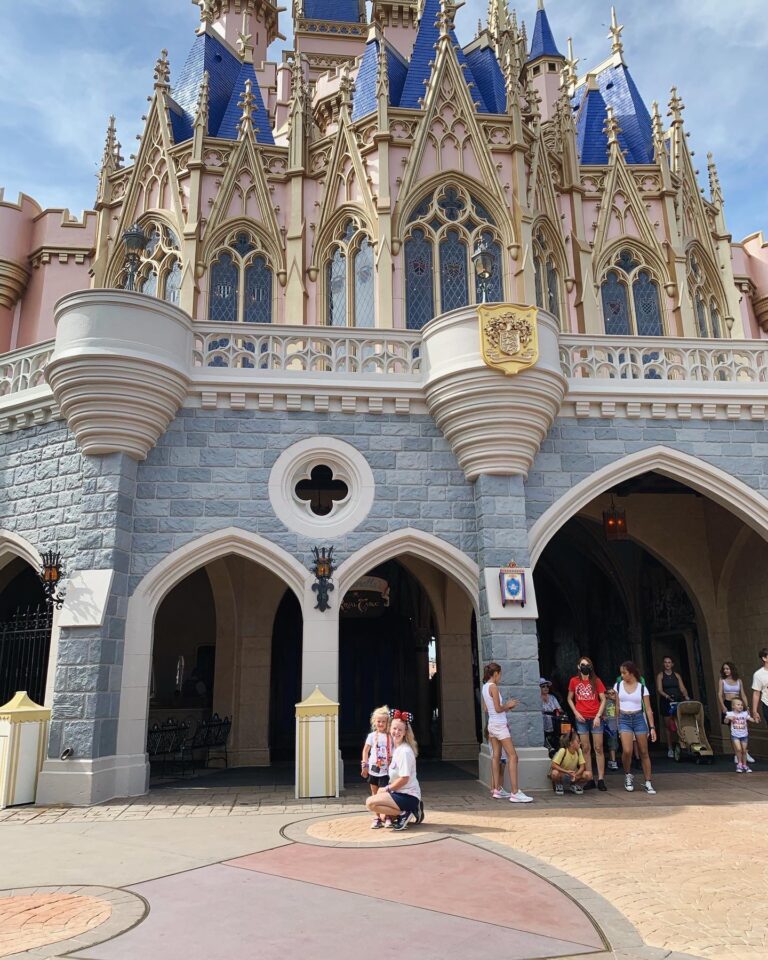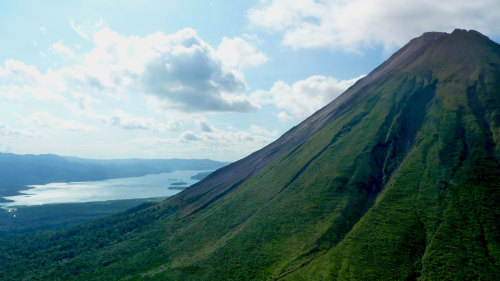Overview
Introduction

This sprawling administrative and commercial center isn't the official capital, but serves as the de facto one. It's a fairly ugly city—the architecture might be described as Late Stalinist Gothic. Any time spent in the city can be partially repaid by a visit to the Dantokpa Market, a bustling daily market stocked with everything from the mundane (yams and flip-flops) to the bizarre (dried lizards and other fetishes). There's also the Center de Promotion de l'Artisanat (Artisanal Center) located off Boulevard Saint Michel. Shop there for wood and metal sculptures, masks, drums, wooden and painted tapestries, and other unique crafts from throughout Benin.
Most travelers begin their trip in Cotonou; it's a good base for day trips to Ouidah, Ganvie and Porto-Novo. Take extreme care around the city beaches, as muggings occur frequently (it's especially dangerous at night). And don't linger near the Presidential Palace or think of taking any photos there. 20 mi/30 km southwest of Porto-Novo.
Overview
Introduction
At 19,345 ft/5,895 m, Ecuador's Cotopaxi mountain is said to be the highest continuously active volcano in the world. Whether you get close to the summit or not, the view of its perfectly shaped, snow-covered cone is stunning—if you get a clear day. The national park, located 35 mi/55 km south of Quito, protects a large area surrounding the peak, and is home to wild horses, deer, some captive llamas and several rare species you'll probably never lay eyes on, including pumas and Andean condors.
Those with climbing experience and a couple of days to devote to the outing can ascend to the summit. Others can find hiking trails in the park, including one that follows the shore of Laguna Limpiopungo, a small highland lake that sits at 12,465 ft/3,800 m. If you're in reasonably good shape and the altitude doesn't wipe you out, consider climbing up to the Jose Rivas Refuge, where mountaineers begin their expeditions to the top. If you don't want to attempt the whole hike to the summit, an easier jaunt is to take the road until it ends at a dirt parking lot just below the snow line. From there, you have a 650-ft/200-m climb up to the refuge, which doesn't sound bad until you try to hike up the steep path in the very thin air. Plan on an hour going up, and wear hiking boots for the snow (although the snow line is usually even higher up the mountain). At the refuge (15,748 ft/4,800 m), you can have a snack, pretend you're a mountain climber, then head back down.
The park has a small museum on its geology and animals. There's not a lot there, but it's worth a stop to see the stuffed Andean condor that's on display—it's huge, with an 8-ft/2.5-m wingspan, and this is supposedly a small one. If you have a four-wheel-drive vehicle, you can visit the ruins of a remote Inca fortress. Cotopaxi makes for a good day trip from Quito, though you can overnight at a hotel (there are several modest ones near the southern entrance) or camp within the park (rustic cabins are available). There are also two historic and comfortable haciendas: San Agustin de Callo (phone 290-6157; http://www.incahacienda.com), which is just outside the park; and La Cienega (phone 254-1337; http://www.haciendalacienega.com), which is farther south near the town of Lasso.
Be aware that periodic volcanic activity prompts authorities to restrict access to the National Park.












































